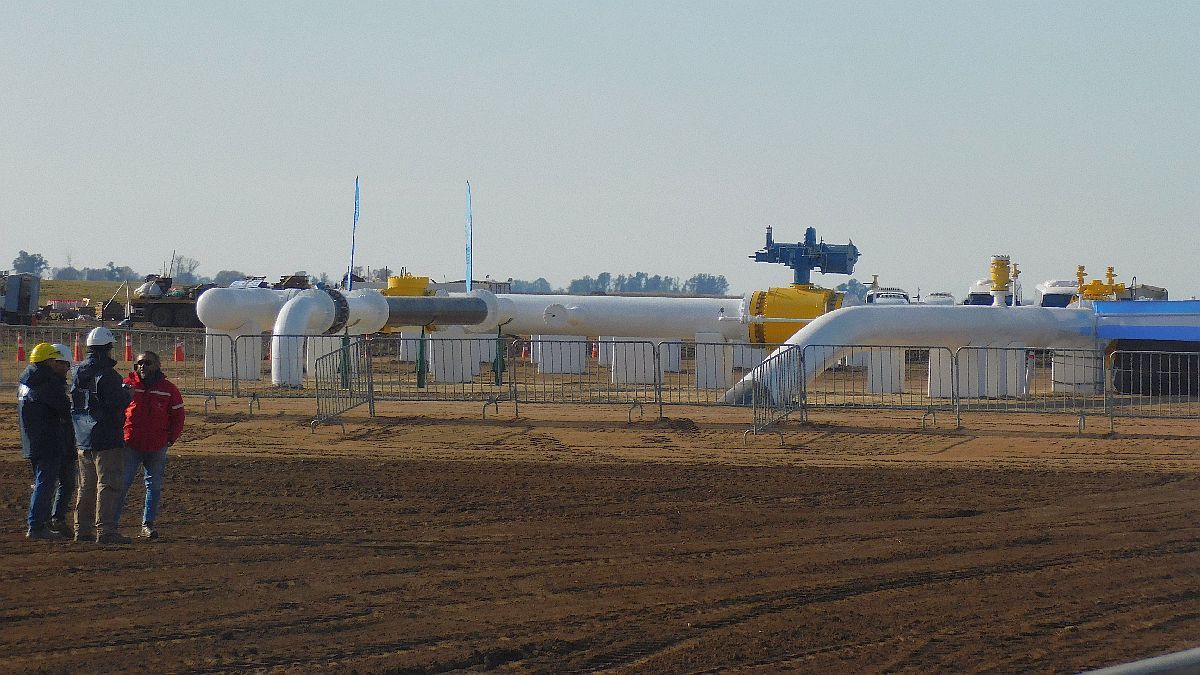Less than 3 months after inaugurating the Néstor Kirchner gas pipelinesavings from imports It already exceeds US$ 550 million, according to sources from the state company Argentine Energy (Former Enarsa). This is the infrastructure that allows gas from Vaca Muerta to be brought to the largest consumption center, such as AMBA.
The projection made by the Ministry of Energy is that 2023 will end with a positive energy balance of US$ 100 million. Although they highlight that it is not a large amount, it is a fact that did not occur more than 10 years ago, and the energy deficit was identified as one of the biggest exchange problems of the last government of Cristina Fernández de Kirchner.
According to the official projections made in Flavia Royón’s portfolio, In 2023 there will be energy imports for US$ 7,474 millionwhile exports will be for US$ 7,574 million, which gives a positive balance of US$ 100 million. Among the main reasons, the Ministry of Economy highlights the decrease in the price of imports and the increase in the volume of exports.
To the energy surplus It would be reached after a year with a historical deficit of US$4,359 million, a product of imports that amounted to US$12,868 million due to the rise in international prices after Russia’s invasion of Ukraine.
The role of Reversal del Norte, and the second section of the Néstor Kirchner gas pipeline
The official numbers are more auspicious for 2024. The Ministry of Economy, which heads Sergio Massa, wait to Next year there will be energy exports for US$9,604 million, with imports for US$5,811 million, which would give an energy trade surplus of US$3,793 million.
By 2024, Economía hopes to have two key works completed: the Reversal del Norte, and the second section of the Néstor Kirchner gas pipelinewhich will allow Vaca Muerta gas to reach 7 provinces in the center and north of the country and replace imports from Bolivia, which cost three times more than Vaca Muerta gas.
The most optimistic projections are towards 2030, where the Economy expects to have an energy surplus of US$18 billion, which would make energy a sector as prominent as agriculture. In fact, Massa asked Cecilia Moreau, president of the Chamber of Deputies, to insist on the LNG bill.
As commented to Ambit legislative sources will seek to have an opinion and be able to discuss it before the elections. Sources from the business sector assure that without this law that establishes clear rules, the million-dollar investments required by the LNG sector will not be possible. Leaving the law aside and waiting for the macroeconomy to stabilize for investments to occur could mean closing the window of opportunity for hydrocarbons, they explained from an important consultancy that advises companies.
Outside of the official projections, what is observed in the data for this year is that in the first 8 months of the year the balance of energy dollars was negative by US$1,111 million. The fact is that, although exports increased in quantities, there was an international drop in prices, according to a report from Nadin Argañaraz, president of the Argentine Institute of Fiscal Analysis (IARAF).
“The main contribution of dollars came from the savings generated by lower imports. Due to the lower price of imported energy, US$1,491 million were saved, and due to the lower amount of imported energy, the savings were US$2,756 million. The sum of the figure is US$4,247 million,” the work details.
For the first time in recent years, Vice President Cristina Kirchner referred to the energy deficit and its relationship with the macroeconomy. In her last public speech, she stated that One of the causes of the fiscal deficit during his second term was having a negative balance of US$6 billion.. According to him, it was due to the “decline” of exploration, exploitation and production by Repsol, and the increase in internal demand by industry and commercial activity due to greater consumption.
Going forward, he anticipated auspicious numbers due to the “good heritage” of Vaca Muerta and the Néstor Kirchner Gas Pipeline. “And there is yapa that came with the recovery of YPF: the Palermo Aike gas and oil field in the Province of Santa Cruz, which represents 1/3 of the total of Vaca Muerta,” he added.
Source: Ambito




